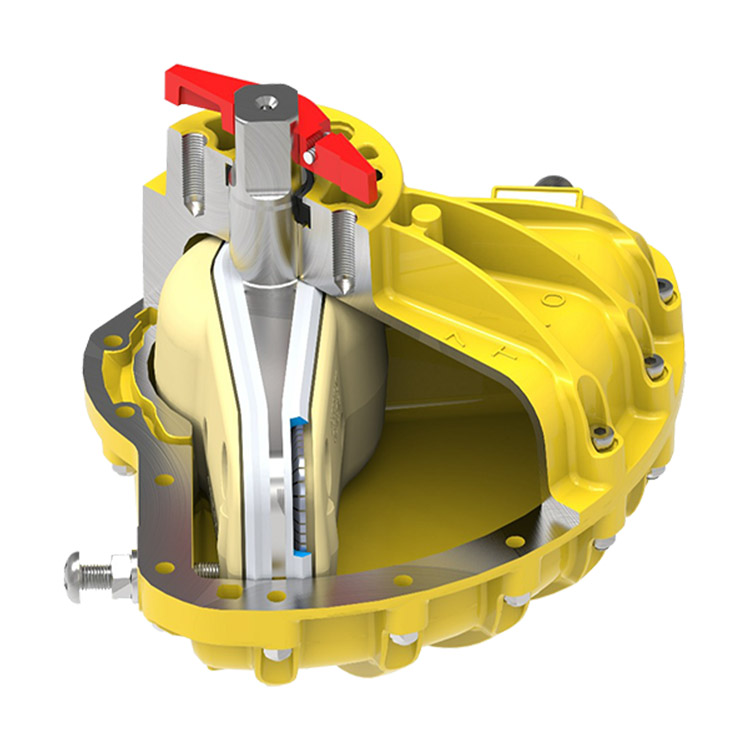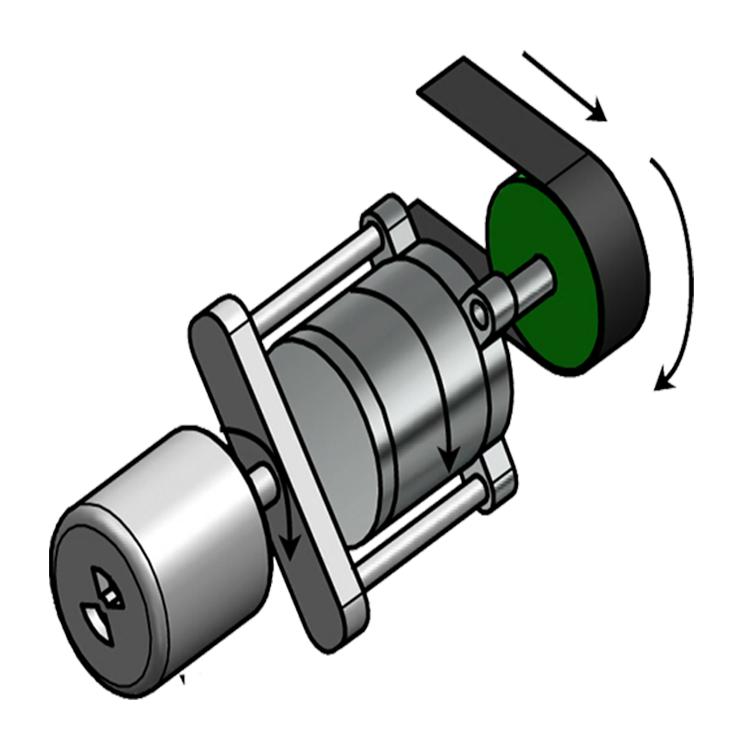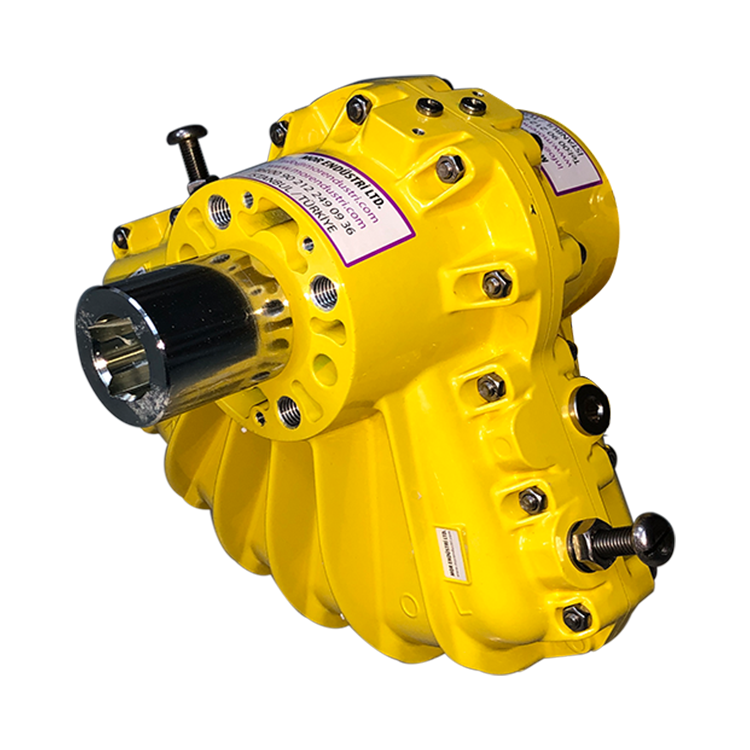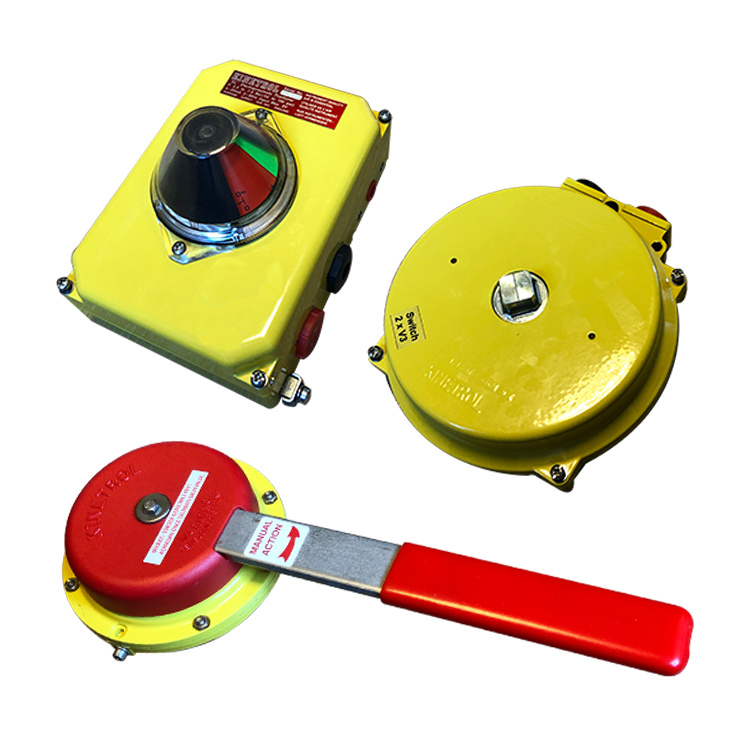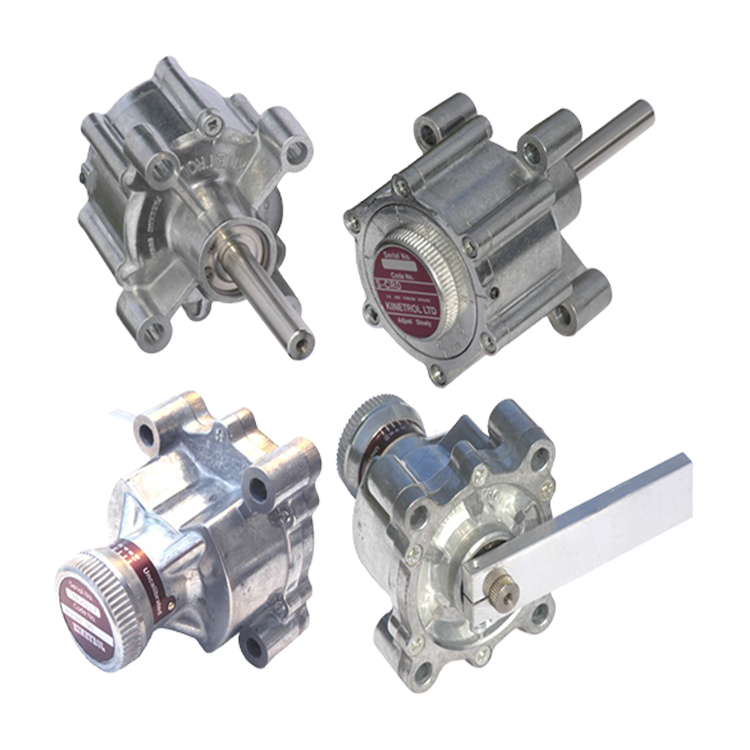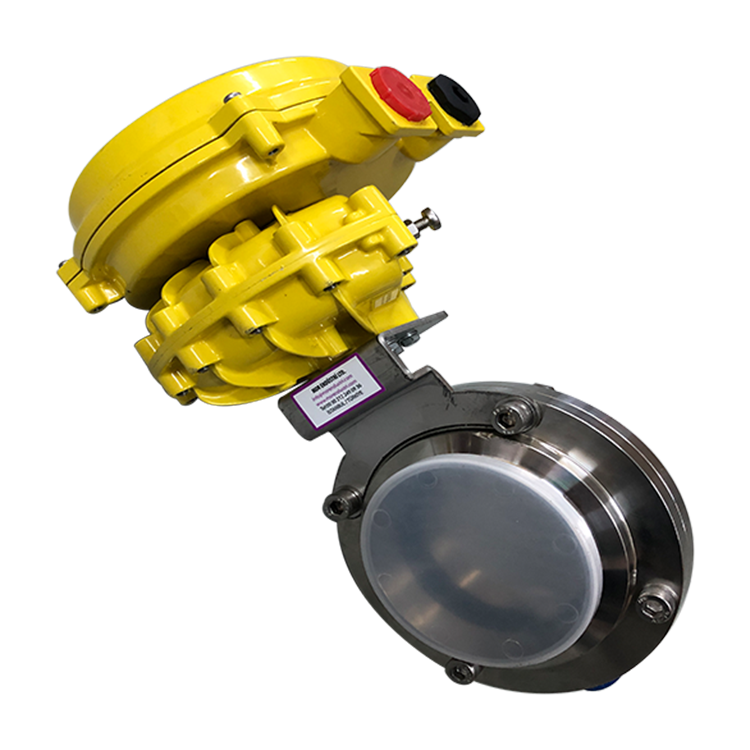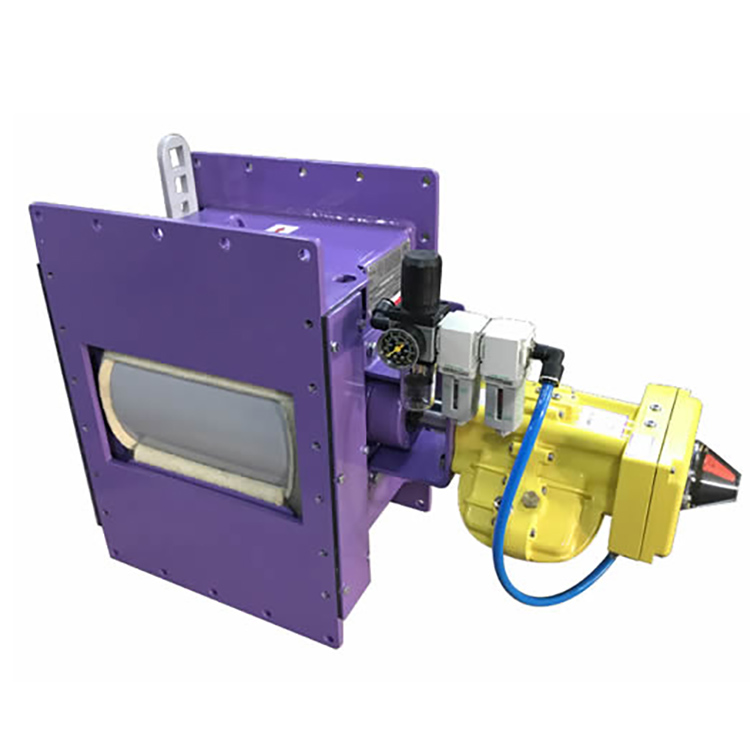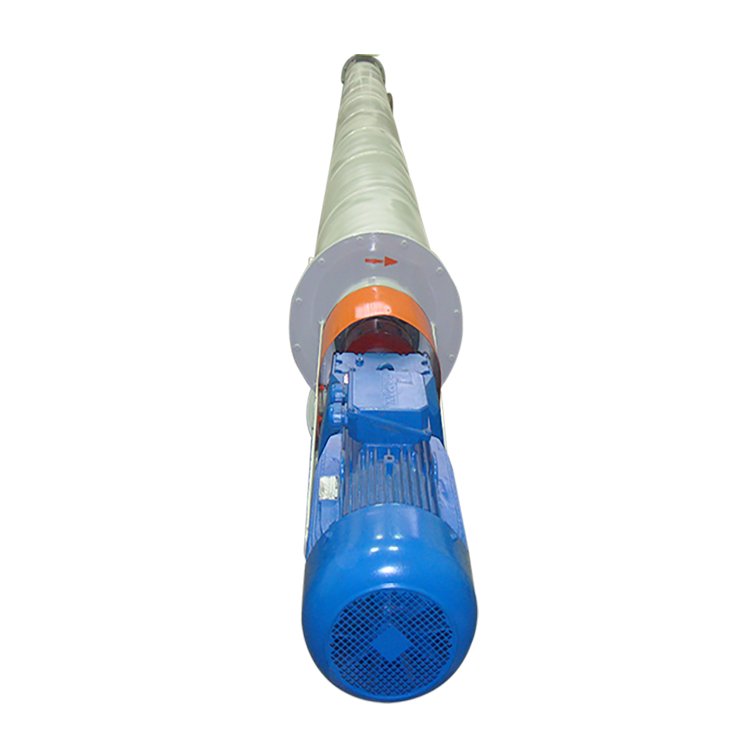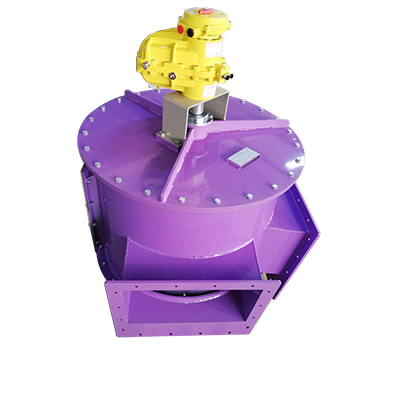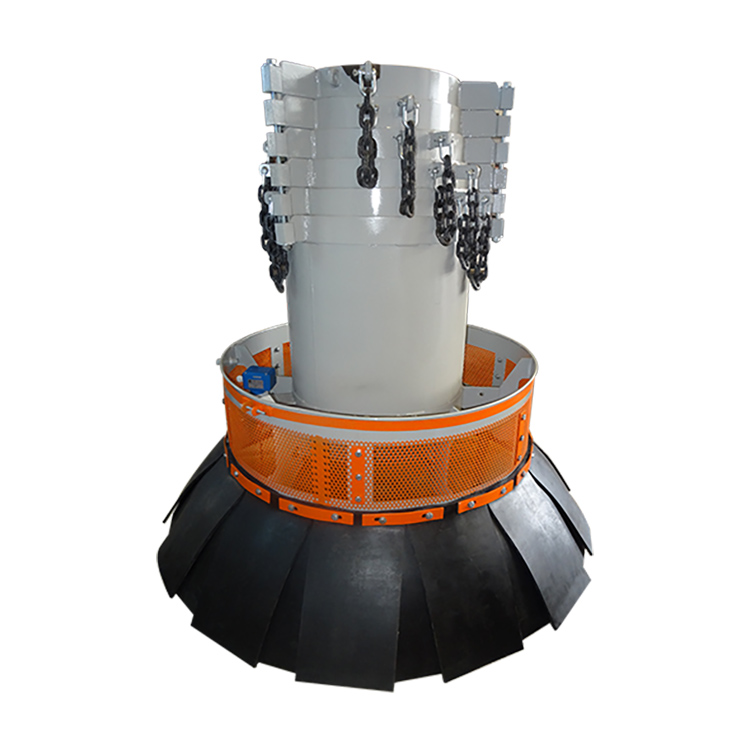The 4 mA and 20 mA current loop is a current loop that can be used to follow industrial processes. Industry this loop commonly used in the hand area, various physical factors, pH, flow, pressure or temperature, in the subsequent industrial system from the sensor information from the required location is preferred to deliver them. The 4 mA-20 mA current loop is a two-wire system. A twisted pair cable is sufficient to run a 4 mA to 20 mA loop. This cable provides both powers for the transmitter and carries the output signal.
Working Principle of 4 and 20 mA Current Loop
The working principle of the 4-20 mA current loop can be explained very simply. The voltage of the output in the sensor transforms into a proportional current in the first stage. The current loop designated as 4 mA refers to the current at zero level, when the sensor is just starting to work. 20 mA is the current loop at the sensor’s output.
This cycle works with a valve acting directly on it. If the current is 20 mA, the valve is one hundred percent open. If the loop is 4 mA, it means the valve is closed. If this valve works in the opposite way, we have to think the opposite. All values between these two maximums are the values shown when the circuit controls the valve.
What Does the Mean of Verifying Current Cycle?
Many things in industrial systems are checked by verifying the 4 and 20 mA current loop. By verifying this cycle, problems in the system can be discovered. In addition, this verification plays an important role in calibrating process systems. Full verification of the output of the transmitter, entrance to the control system and testing the input card, wiring and reverse cable is possible by verifying this current.
To check and verify this current, you must first access the signal wires. After making zero the clamp when the mA signal is found, check if the mA measurement is between 4 and 20. If you measure in this way, you will not only cut the current but also verify it. Regular verification also allows you to check whether the process in industrial systems is functioning correctly.



 TR
TR